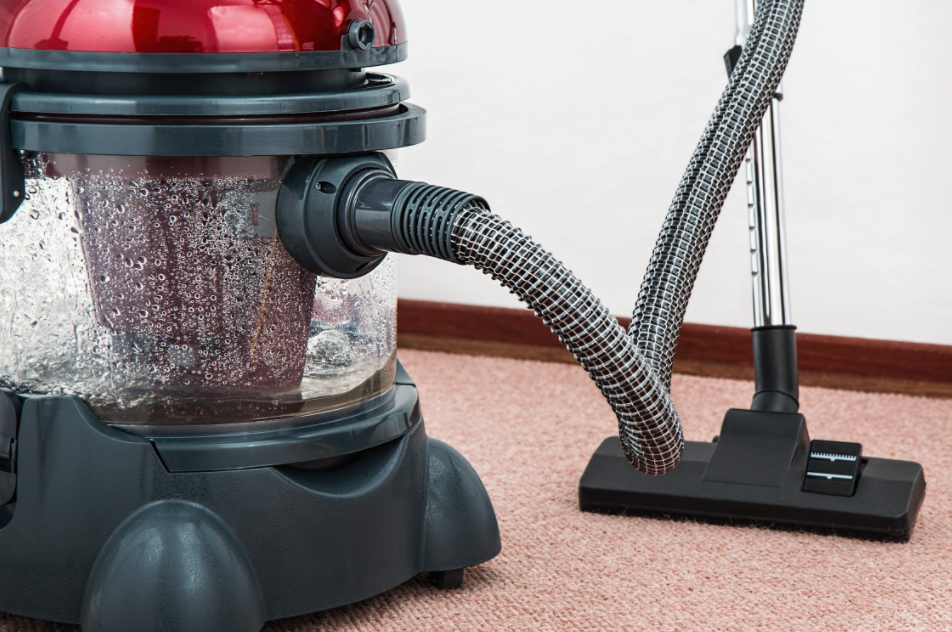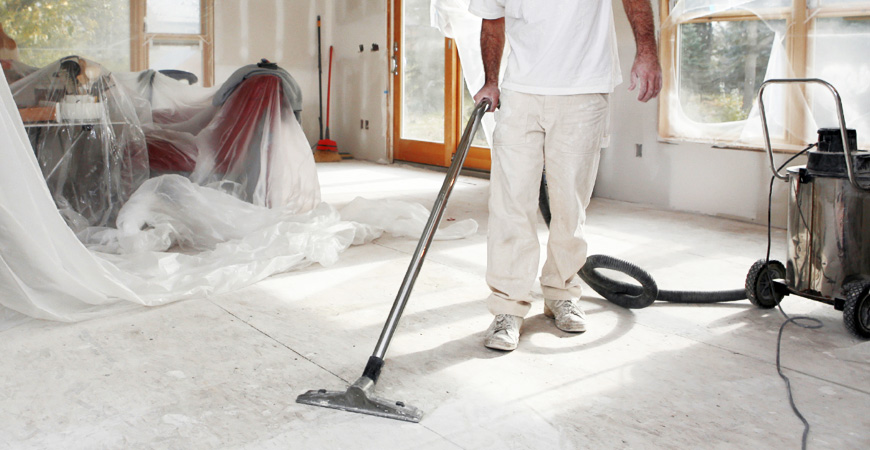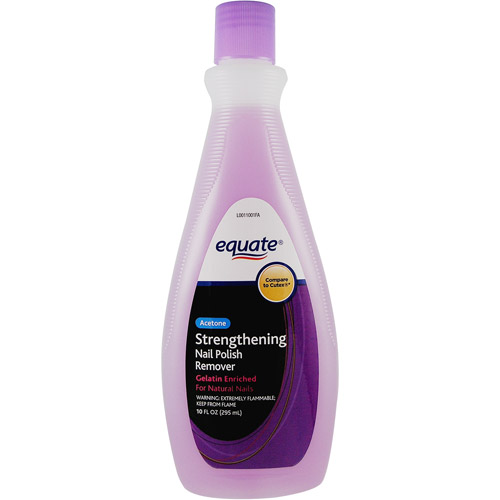Five of the Most Common Allergies & How to Help Reduce Symptoms

Here’s how you can reduce allergy symptoms at home!

Photos By: Pexels
Allergies are defined as the immune system’s response to a substance that is not normally harmful or irritating to the body. Exposure to allergens, or substances that cause allergies, can cause a variety of different symptoms and reactions. Fortunately, there are ways to alleviate the symptoms. Read below to learn more!
Dust and Dust Mites
Many people have allergic reactions to dust and dust mites. Dust is the buildup of microscopic environmental materials such as hair, pollen, and human fibers while dust mites are minuscule tick-like insects that reside in dust. Dust allergy symptoms include but are not limited to sneezing, a runny nose, congestion, a cough, red and watery eyes, and shortness of breath. Many of these are similar to symptoms of the common cold and asthma, and anybody already suffering from those diseases may have amplified symptoms to a dust allergy.

Pollen
Pollen is the most common seasonal allergy during the spring, summer, and fall.. Many people suffer reactions when trees, weeds, and grasses release pollen grains to fertilize other plants. Pollen can also be carried by the wind to create a light-yellow coating or dusting on cars and other objects outside. Symptoms include excessive sneezing, runny nose, itching, congestion, and eye irritation.
The pollen count refers to how high pollen levels are on a certain day and can be looked up when you check the weather. A high pollen count will amplify symptoms for allergy sufferers, so they should stay inside, when possible, and take allergy medications before going outside.
Mold
Many people suffer an allergic reaction when in the presence of mold. Damp and dark areas are the perfect environment for mold. It can grow in buildings with poor ventilations, poor lighting, and high levels of humidity. Some people are living in the presence of mold unknown to them, and it may be the cause of allergy-like symptoms. Allergy-causing molds can also be found outside.
Coughing, chest tightness, shortness of breath, sneezing, irritated eyes, and congestion are all signs of a mold reaction. People may also experience skin rashes or acne breakouts caused by prolonged exposure.
Animals
Animals such as cats and dogs are another common allergen. Many people experience similar symptoms to dust or pollen allergies, such as sneezing, eye irritation, and itchiness when in the presence of certain animals with fur. This is because these animals release dander, which is a combination of dead skin flakes and fur or feathers. Dander lingers in the air, sticks to clothes, and embeds itself in carpets and furniture, so it can trigger allergy symptoms even when the animal is not physically present.
Cats and dogs are not the only source of allergic reactions caused by animals. Many people are also allergic to the bites or stings of certain insects. The venom from wasps, hornets, bees, fire ants, spiders, and other insects can trigger an allergic reaction. Symptoms of these stings or bites include itching, hives, dizziness, and swelling of the throat or tongue. In some cases, these reactions can be serious and require immediate medical attention.

Food
Food allergies are also very common. Symptoms include but are not limited to nausea, an upset stomach, itching, swelling of the throat, and vomiting. They are usually triggered as foods are eaten, but coming in contact can cause symptomatic flare-ups in severe cases. Common food allergies include peanuts, eggs, dairy, shellfish, wheat, gluten, and soy.

How to Help Reduce Symptoms
Allergies cannot be cured entirely, but there are ways to reduce and contain their symptoms. For example, over-the-counter allergy medicines such as Allegra and Zyrtec have been shown to reduce symptoms and help allergy sufferers resume normal uninhibited lives. EpiPens are used to treat severe allergy symptoms in emergency situations such as anaphylactic shock.
An EpiPen is an injection of epinephrine and can help when someone shows severe symptoms such as wheezing, hives, low blood pressure, and a closed or closing airway passage. Those with severe allergies to food, insects, and other allergens should keep an EpiPen on or near them at all times in the event of accidental exposure.
Keeping a clean home will help reduce allergy symptoms, as this reduces the potential for mold, dust, and mildew growth. Regular cleaning, vacuuming, and disinfecting of surfaces eliminates allergens. Professional carpet cleaning is also recommended, as certain allergens embed themselves deep into the fiber and cannot be removed by a normal vacuum.
Indoor air quality in homes and other buildings has been shown to trigger allergy symptoms, as airborne allergens can linger over time. One way to improve your indoor air quality and reduce the impact of your symptoms is by installing a ductless mini split HVAC system. Many homes or apartments have central-ducted HVAC systems already installed. However, these can be very harmful to allergy sufferers. Allergens build up in central-ducted HVAC systems and can be redistributed throughout the house.
Fortunately, mini splits do not require ductwork, so this is not an issue; the indoor and outdoor units are connected by a series of copper wires and pipes. In addition to providing efficient heating and cooling, mini splits also act as air filters, purifiers, and dehumidifiers. During operation, they are removing harmful materials such as dust, dirt, debris, dander, and other allergens from the air. They also help deter the growth of mold or mildew by removing any excess moisture.
The best way to alleviate allergy symptoms is avoiding the allergen as much as possible. For example, do not eat certain foods or be around certain animals that you know cause symptoms. If you are having allergy-like symptoms but cannot pinpoint the exact cause, a doctor can perform certain tests to find your exact allergy and recommend a necessary course of action.






